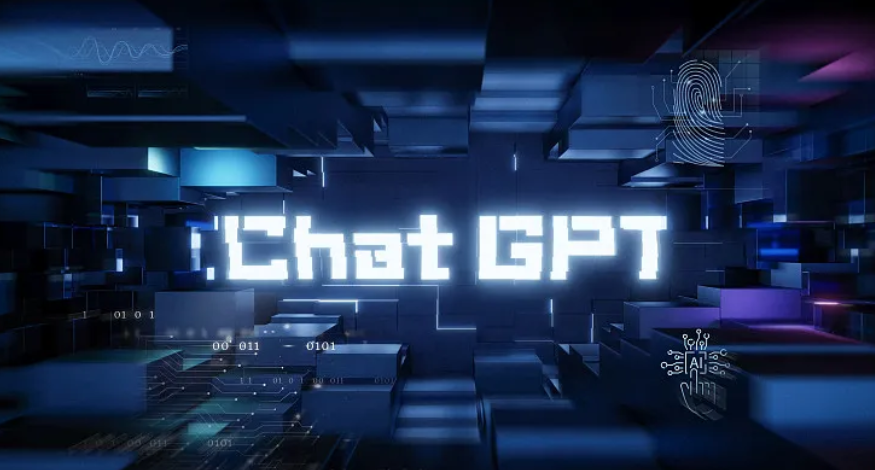Introduction to the Working Principle of ChatGPT AI Dialogue Generation Model
-
ChatGPT AI is a dialogue generation model based on generative models. It uses a neural network architecture called Transformer and undergoes large-scale supervised training to generate natural and fluent dialogue responses. This article will detail the working principle of the ChatGPT AI dialogue generation model.

The working principle of ChatGPT is as follows:
Transformer Architecture: ChatGPT uses the Transformer architecture as its foundation. Transformer is a deep neural network based on self-attention mechanisms, capable of processing sequential data and capturing long-range dependencies. It consists of multiple stacked encoders and decoders, each containing multi-head self-attention and feed-forward neural networks.
Encoder-Decoder Structure: ChatGPT's dialogue generation model is composed of an encoder and a decoder. The encoder is responsible for encoding the input dialogue history to generate a contextual representation of the dialogue. The decoder predicts the next sequence of words in the response based on the contextual representation and the partially generated reply.
Dialogue history modeling: Dialogue generation models need to model dialogue history to understand context and generate relevant responses. ChatGPT uses special tokens (e.g., "<user>" and "<system>") to mark user and system utterances in conversations, distinguishing between roles. The model takes the dialogue history sequence as input and encodes it using a self-attention mechanism.
Self-attention mechanism: The self-attention mechanism in Transformer allows the model to focus on different parts of the dialogue history when generating responses. It calculates relevance scores between each word and other words, assigning different weights based on these relevance scores. This enables the model to better understand context and focus on the most relevant parts of the dialogue history.
Conditional generation: During the decoder phase, ChatGPT uses conditional generation to produce responses. It takes the encoded representation of dialogue history and partially generated responses as input, then generates a probability distribution for the next word through the decoder. The model samples from this probability distribution to select the next word and adds it to the generated response.
Beam search: To generate more coherent and diverse responses, ChatGPT employs beam search. This method maintains multiple candidate responses and calculates their probability scores to select the final response. This approach helps avoid local optima and increases response diversity.
Through large-scale supervised training, ChatGPT's dialogue generation model can learn rich linguistic knowledge and dialogue patterns. The training data typically comes from human-generated dialogue datasets containing real conversation examples. By maximizing the similarity between generated responses and reference responses, the parameters of the dialogue generation model can be optimized.
In summary, ChatGPT's dialogue generation model is based on the Transformer architecture, utilizing an encoder-decoder structure, self-attention mechanisms, and conditional generation to produce dialogue. Through large-scale training and beam search methods, ChatGPT can generate natural, fluent, coherent, and diverse dialogue responses. This makes ChatGPT a powerful dialogue generation model suitable for intelligent conversation systems and human-computer interaction applications.
